By Adam Thain
For two weeks in August, I was a research assistant for LatinNow’s sub-project about inscriptions on ceramic fragments in Lyon. An undergraduate Classics student at King’s College London, I had learnt about the venture from the graffiti project leader Morgane Andrieu, who presented as part of the LatinNow panel on ancient sociolinguistics in the western Roman provinces at the FIEC/CA conference in July. I was supported by an accommodation bursary from GAROM which meant that I was able, for the first time, to get a foothold in academic research.

As part of my trip to France, I visited two Gallo-Roman Museums and met some archaeology and history of art students from France who were assisting the project too. It was incredible to read never before seen Latin inscriptions, and to practice conversational and academic French and also the identification of ancient, medieval, and modern pottery. I also saw the Eiffel Tower for the first time when changing trains in Paris!
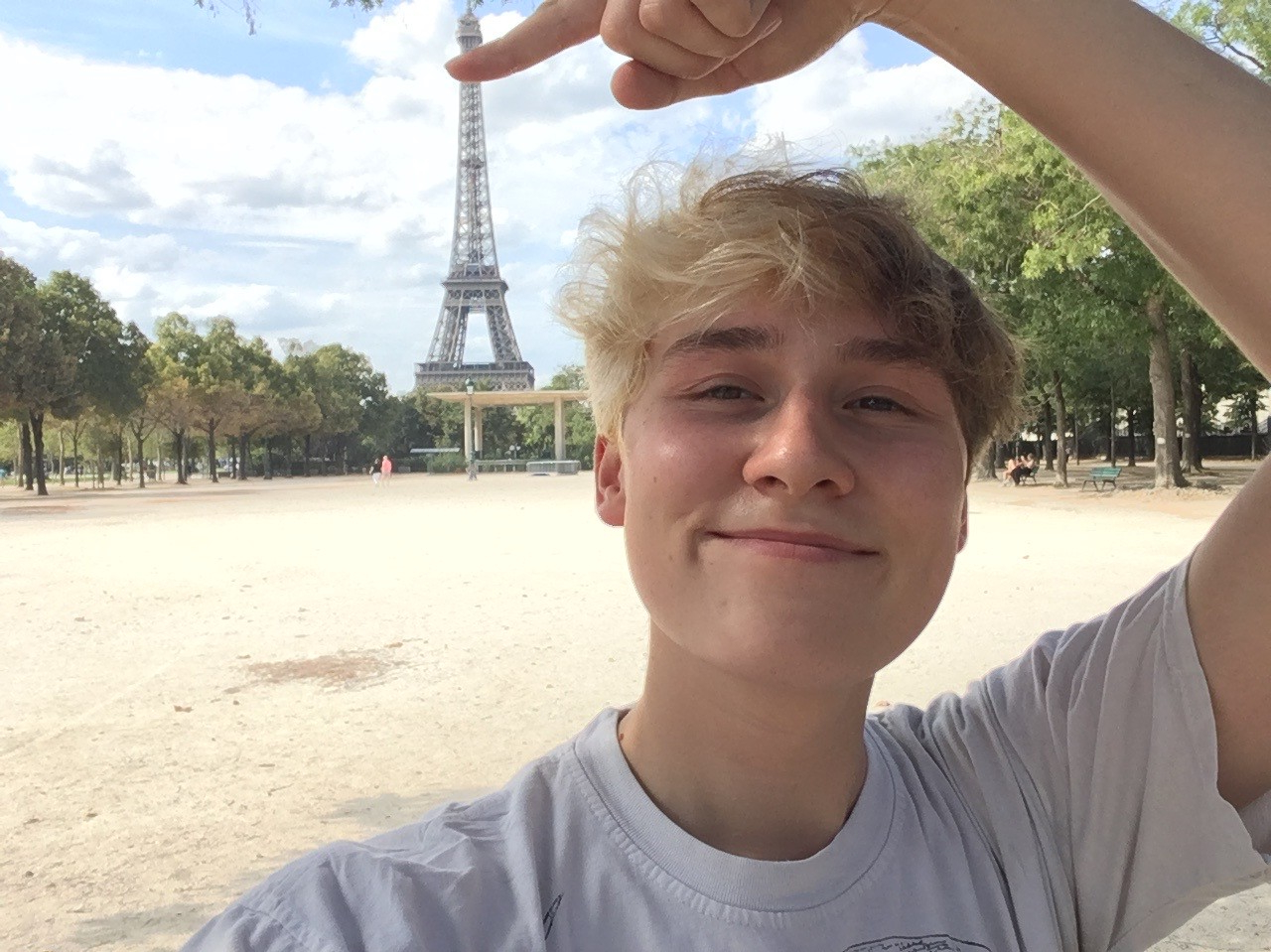
I stayed in an apartment in the north east of Lyon, in the Villeurbanne region. A short 15-minute walk from the archaeological reserve, it was perfect for our early start. Outside the gates of the reserve, which looked like any other slightly dilapidated warehouse in the eastern quarter of the city, the whole team of us would gather. One by one we would exchange either kisses or a handshake, a practice which I was rather unfamiliar at the beginning of the trip, and missed when back in London!
After coffee or tea, we would begin. We would either open a new crate of boxes from the archive, or continue working through the remaining boxes from the previous day. Each was full of wonders that had often not been seen for years, possibly decades. Removing the separate bags from the boxes, we gently spilt any contents onto our tables and sifted through each – checking for even the tiniest remnants of graffiti.
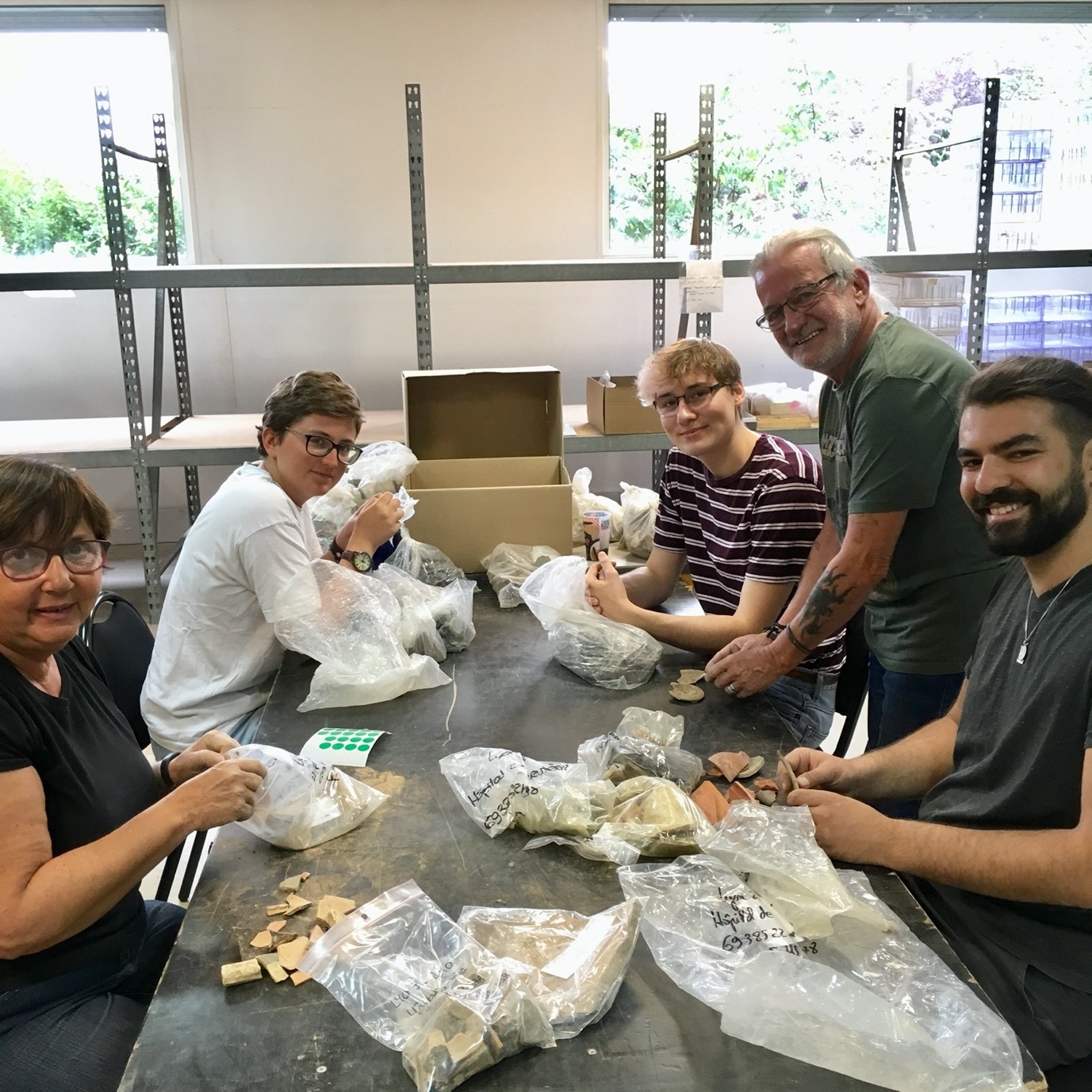
The atmosphere was one of friendship and shared dogged determination: each find produced a cheer, and everyone was offered a peek at the discovery. We would share long lunches – outside, weather permitting – where we would exchange stories, gossip, and a huge variety of cheeses I did not know existed, which I was strongly encouraged to try.
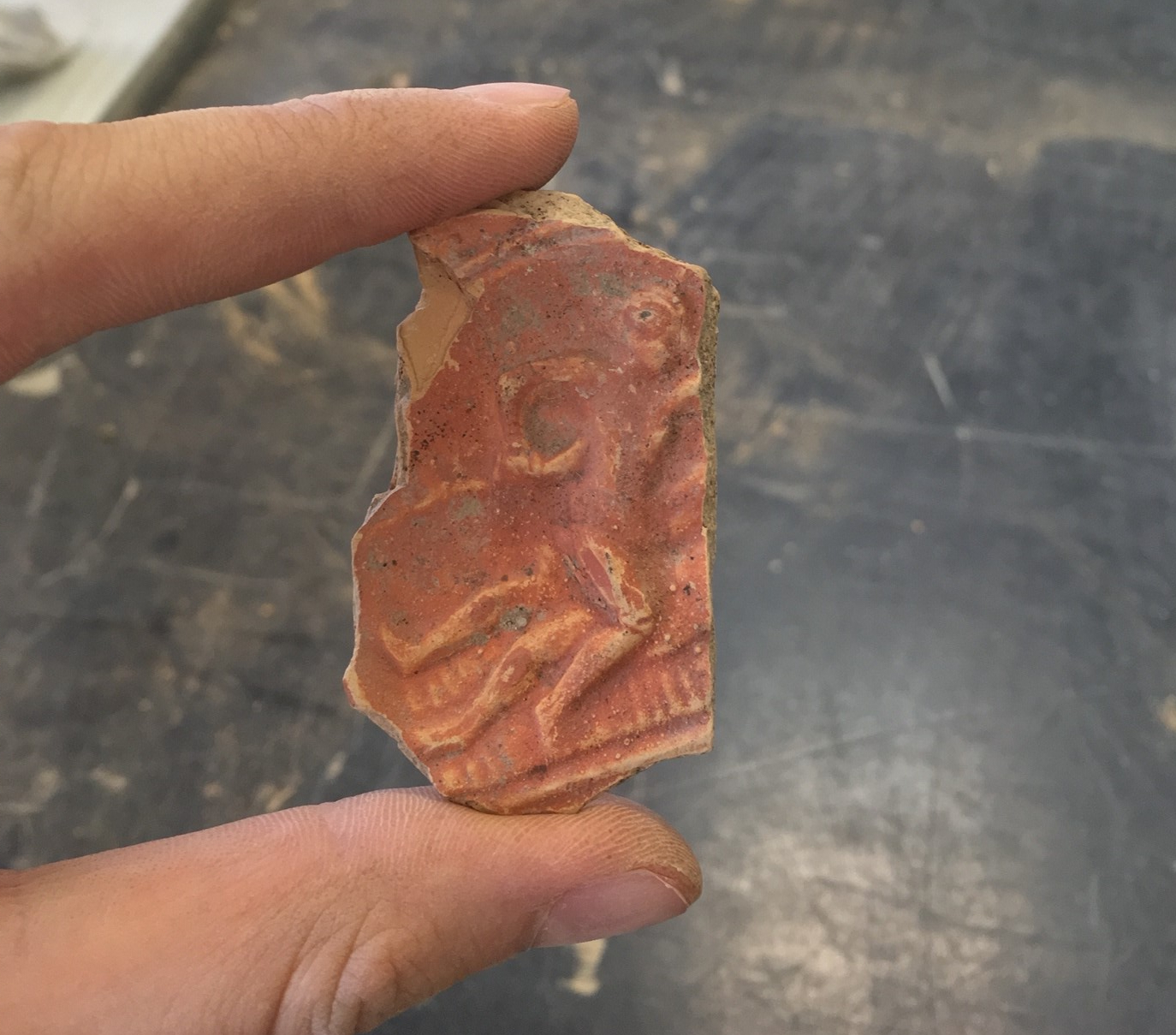
Each box was fascinating! Animal and human bones including entire skulls, extraordinarily thin Roman glass, accidentally inventoried pebbles with tiny painted numbers, entire pots, large chunks of mineral deposits, amusing fragments of erotic scenes from long-broken pottery, and far more delights were to be found in the crates from the reserve.
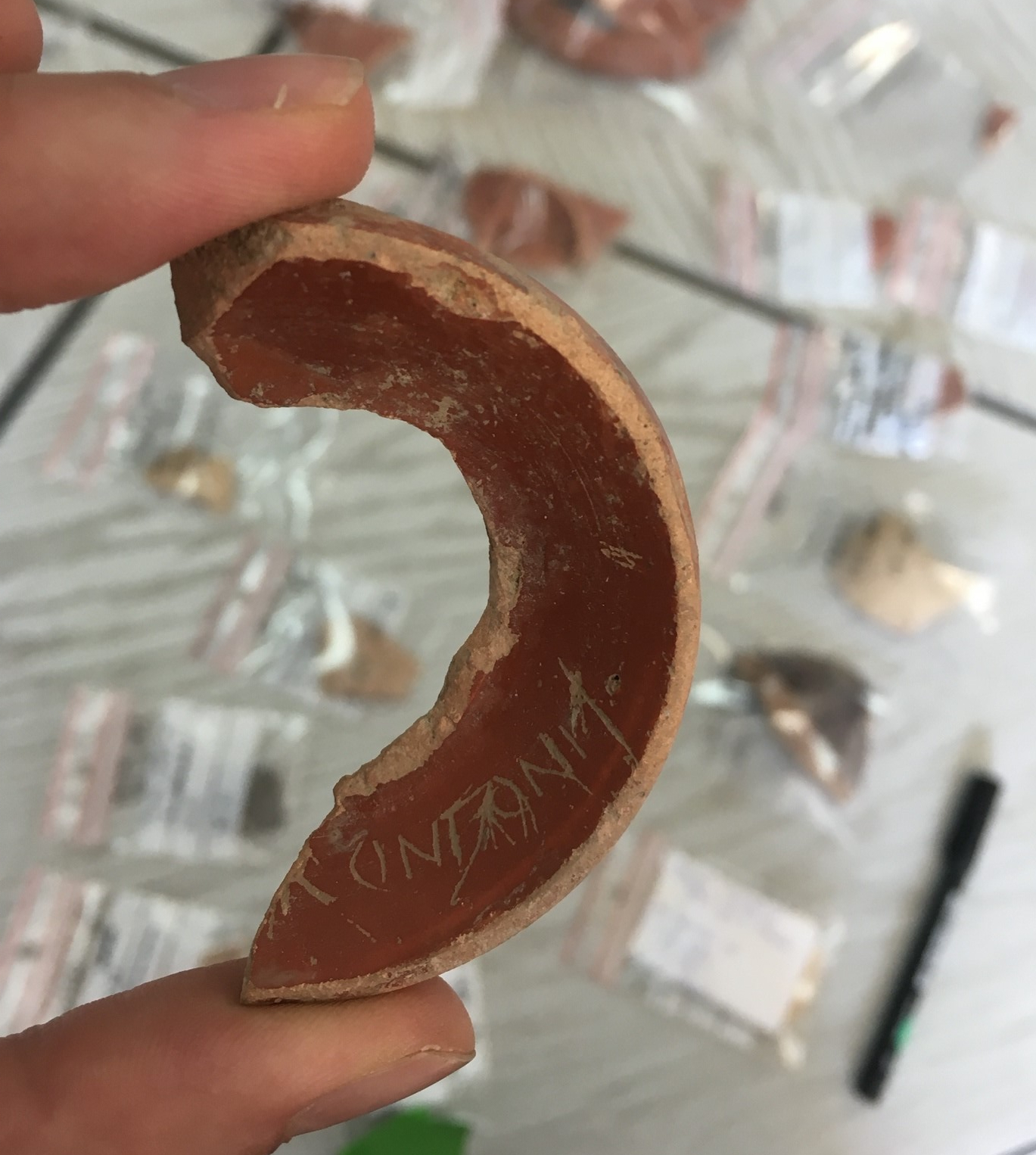
After we were taught how to draw pottery fragments scientifically and extrapolate the type and form, I did so as much as possible to practice my pottery identification. I found it helpful to draw out the main pottery types with French labels, especially when it came to making our inventory for all graffiti found at the reserve. It was fantastic to transcribe the tiny inscriptions, even if a single letter, and to see the data appear!
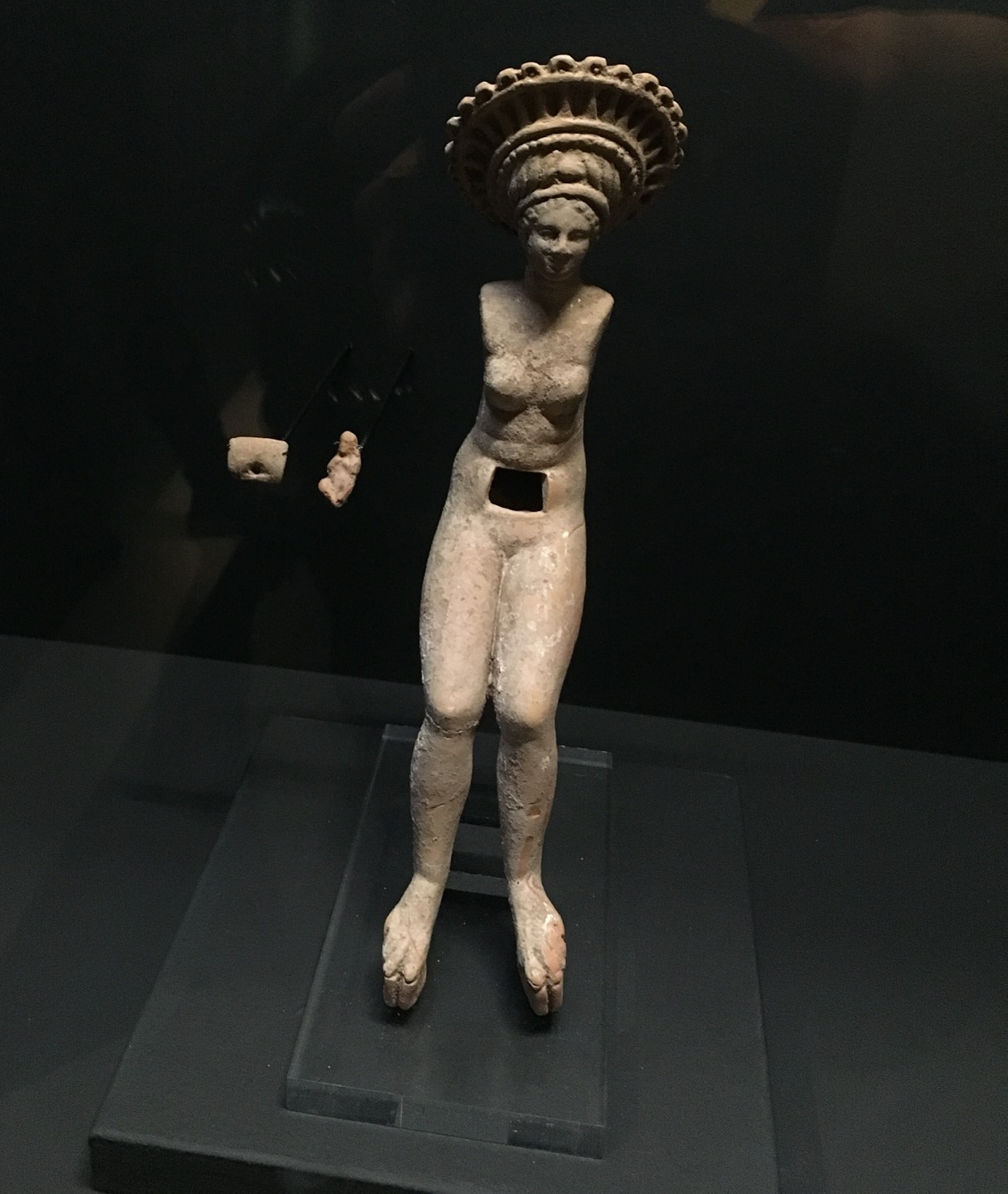
Whilst in Lyon, we were shown the professional activities of Lugdunum Museum and the Roman theatres on the site and given a guided tour of the current exhibition and galleries by their curator, Nicolas Dupont. It was extremely helpful to contextualise the work which we were undertaking, and broadened my understanding of the history of the area. On the weekend we were given free access to the Gallo-Roman museum and archaeological site of Saint-Romain-en-Gal in Vienne. I can only describe it as the best museum I have ever been to: I would happily spend numerous days exploring there!
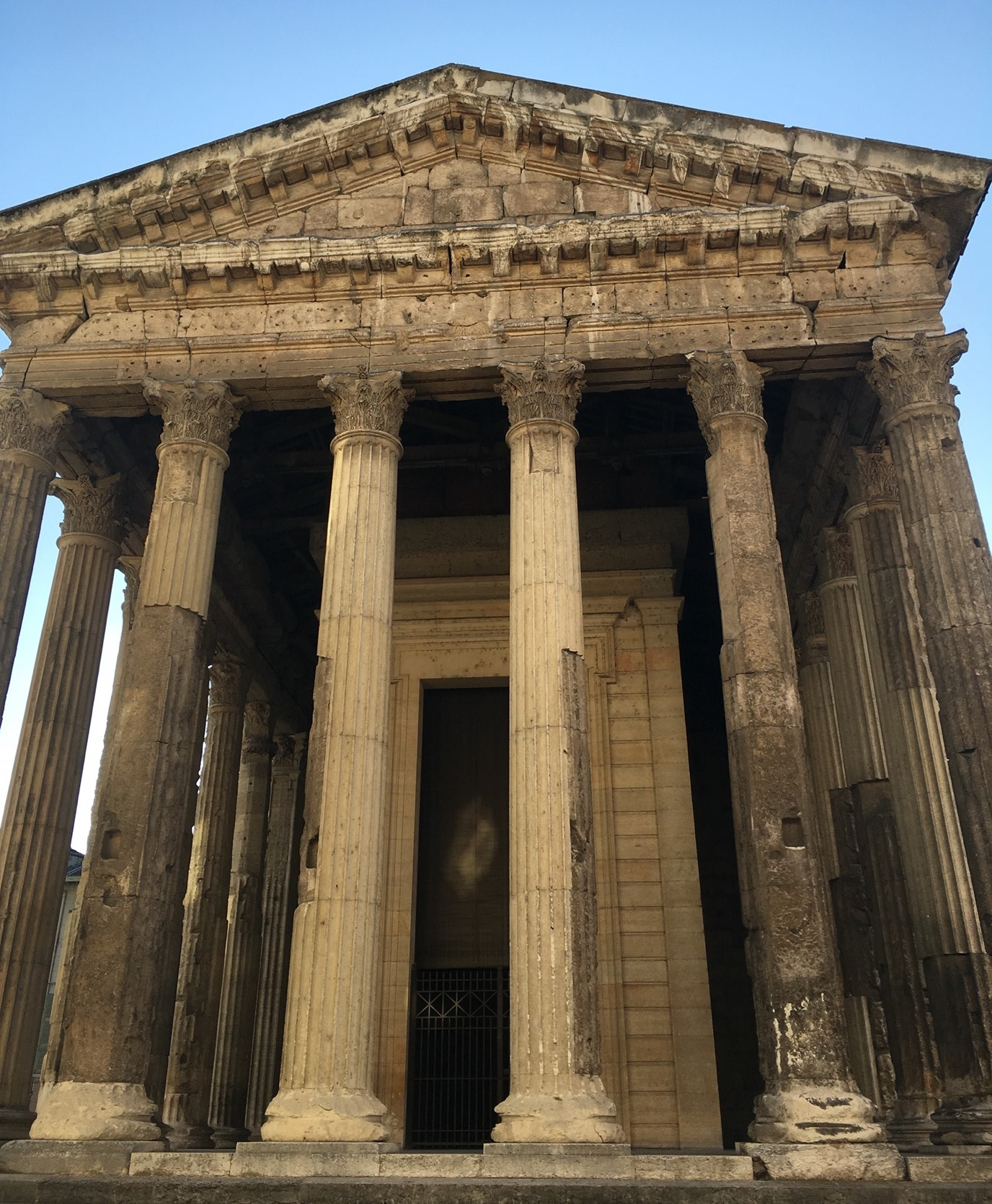
I learnt so much by working on the project in Lyon, and cannot wait to continue working in the field of classical epigraphy. Merci beaucoup pour tout!
